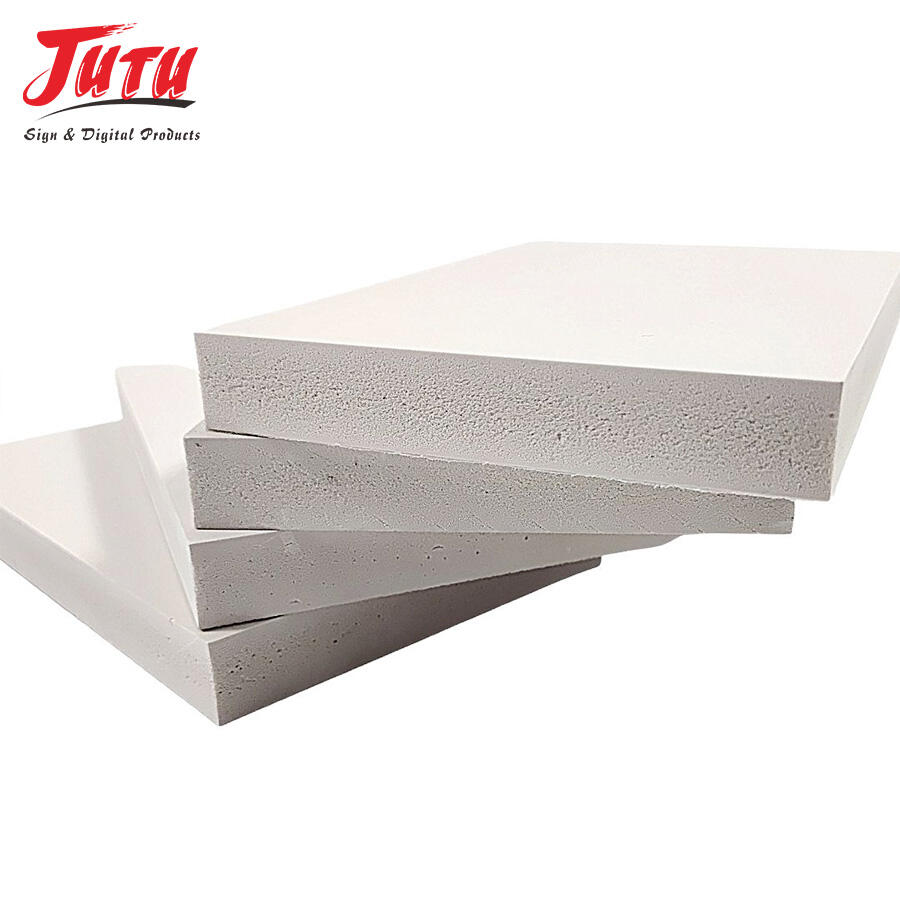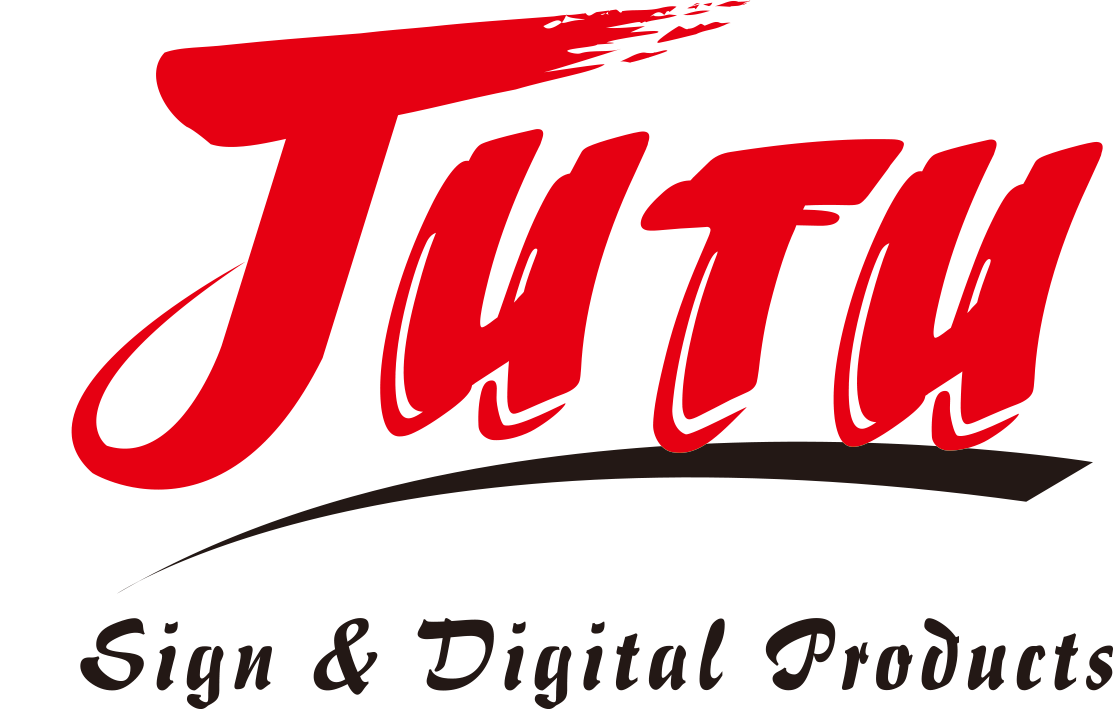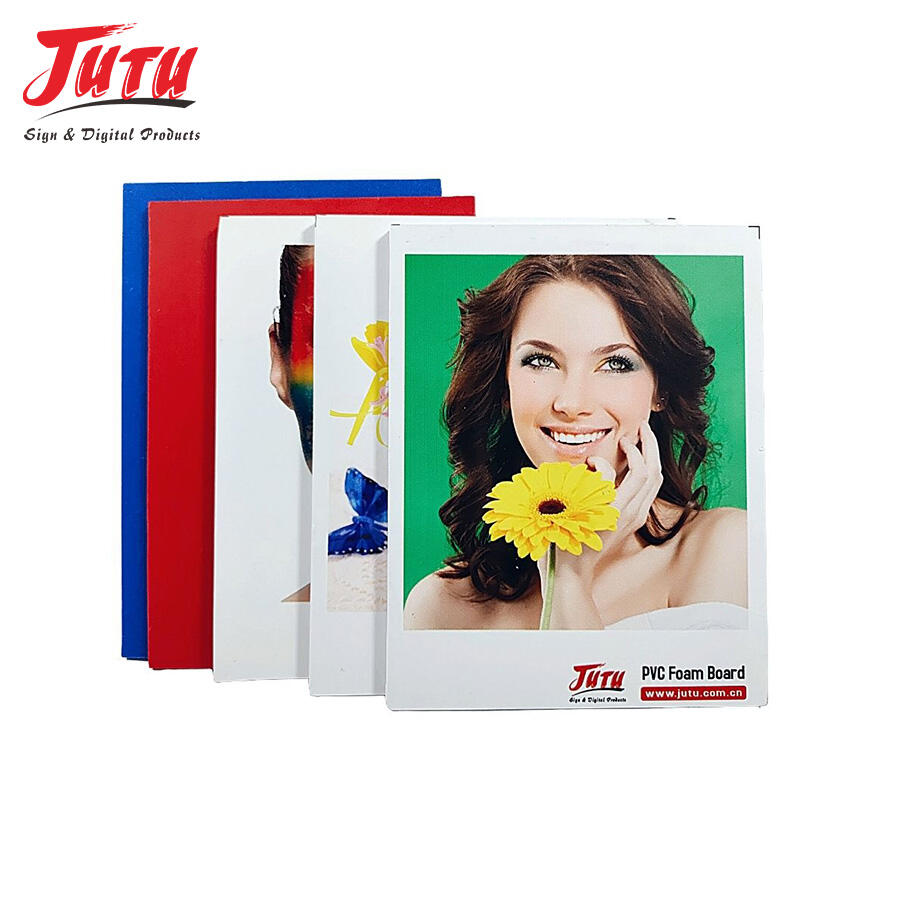Understanding the Versatility of PVC Foam Board Solutions
The modern design landscape demands materials that combine durability, cost-effectiveness, and aesthetic appeal. PVC foam board has emerged as a revolutionary solution in both furniture manufacturing and advertising applications, offering an impressive blend of versatility and practicality. This lightweight yet robust material has transformed how designers and manufacturers approach their projects, providing creative freedom while maintaining structural integrity.
As industries evolve and sustainability becomes increasingly important, PVC foam board presents itself as a practical choice that meets diverse project requirements. From sleek furniture pieces to eye-catching advertising displays, this versatile material continues to reshape design possibilities across multiple sectors.
Essential Properties and Benefits of PVC Foam Board
Physical Characteristics That Set It Apart
PVC foam board boasts an exceptional combination of physical properties that make it ideal for various applications. The material features a uniform cell structure that provides excellent rigidity while maintaining a remarkably low weight. This unique composition allows for easy handling and installation, reducing labor costs and simplifying transportation logistics.
The smooth surface finish of PVC foam board enables superior printing results and clean fabrication. Its consistent density throughout the sheet ensures reliable machining and cutting performance, making it perfect for both mass production and custom design work.
Durability and Weather Resistance
One of the most compelling advantages of PVC foam board is its outstanding durability in various environmental conditions. The material demonstrates excellent resistance to moisture, chemicals, and UV radiation, making it suitable for both indoor and outdoor applications. This weather resistance ensures that furniture pieces and advertising displays maintain their appearance and structural integrity over extended periods.
The material's resistance to rot, corrosion, and pest infestation further enhances its longevity, providing excellent value for investment in long-term installations and furniture pieces that need to withstand regular use.
Applications in Modern Furniture Design
Innovative Furniture Solutions
Contemporary furniture designers have embraced PVC foam board for its ability to create sophisticated, lightweight pieces that don't compromise on strength. The material's workability allows for the creation of complex shapes and modern designs that would be challenging or costly with traditional materials. From minimalist storage solutions to statement furniture pieces, PVC foam board enables designers to push creative boundaries.
The material's versatility supports various finishing techniques, including lamination, painting, and direct printing, allowing for customized aesthetic appeals that match any interior design scheme. This adaptability makes it particularly valuable in commercial and residential furniture applications.
Commercial Space Solutions
In commercial environments, PVC foam board furniture offers practical benefits that extend beyond aesthetics. The material's lightweight nature facilitates easy reconfiguration of space layouts, while its durability ensures it can withstand the demands of high-traffic areas. From modular office systems to retail display units, the material provides cost-effective solutions that maintain their appearance despite regular use.
The material's inherent fire-retardant properties also make it an excellent choice for commercial installations where safety regulations must be strictly observed. This characteristic, combined with its low maintenance requirements, makes it particularly attractive for business owners and facility managers.
Revolutionary Impact on Advertising Displays
Enhanced Visual Communication
The advertising industry has particularly benefited from PVC foam board's superior printing capabilities. The material's smooth, consistent surface provides an excellent substrate for high-resolution graphics and vibrant colors, ensuring that marketing messages are conveyed with maximum impact. Whether used for point-of-purchase displays, exhibition graphics, or outdoor signage, the material delivers outstanding visual results.
Digital printing technologies work exceptionally well with PVC foam board, allowing for quick turnaround times and cost-effective production of customized advertising materials. This efficiency is particularly valuable in today's fast-paced marketing environment, where campaigns often require rapid deployment and frequent updates.

Structural Advantages for Display Systems
The structural properties of PVC foam board make it ideal for creating self-supporting display systems and three-dimensional advertising elements. Its rigidity allows for the construction of stable displays without the need for heavy support structures, while its lightweight nature reduces installation and shipping costs. This combination of strength and practicality has revolutionized the way brands approach their physical marketing presence.
The material's ability to be easily cut, shaped, and assembled enables the creation of complex display structures that capture attention and enhance brand visibility. From temporary promotional displays to long-term retail installations, PVC foam board provides the versatility needed in modern advertising applications.
Sustainability and Environmental Considerations
Eco-friendly Manufacturing Processes
Modern manufacturing techniques have significantly improved the environmental impact of PVC foam board production. Advanced recycling capabilities and reduced waste during manufacturing contribute to more sustainable practices. Many manufacturers now employ closed-loop production systems that minimize resource consumption and emissions.
The durability and longevity of PVC foam board also contribute to its environmental credentials, as products require less frequent replacement compared to alternative materials. This extended lifecycle helps reduce overall resource consumption and waste generation.
End-of-Life Management
The recycling potential of PVC foam board has become increasingly important in modern design considerations. Many manufacturers now offer take-back programs and recycling initiatives that ensure the material can be repurposed at the end of its useful life. This circular approach to material management aligns with growing environmental consciousness in both the furniture and advertising industries.
Innovations in recycling technology continue to improve the material's environmental profile, making it an increasingly sustainable choice for conscious designers and businesses.
Frequently Asked Questions
How long does PVC foam board typically last in outdoor applications?
When properly installed and maintained, PVC foam board can last 5-10 years in outdoor applications, depending on environmental conditions and exposure levels. The material's UV resistance and weather-resistant properties contribute significantly to its longevity.
Can PVC foam board be painted or finished with different textures?
Yes, PVC foam board readily accepts various finishes, including paint, laminates, and specialty coatings. The material's surface can be textured during manufacturing or treated post-production to achieve specific aesthetic effects.
What makes PVC foam board more advantageous than traditional materials?
PVC foam board offers several advantages over traditional materials, including lighter weight, better weather resistance, easier fabrication, and lower maintenance requirements. It also provides excellent value for money when considering its durability and versatile application possibilities.

